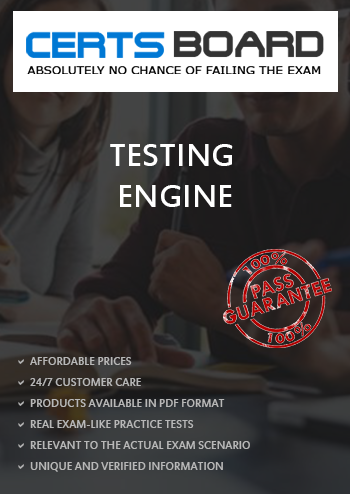You are designing an application that uses WebSockets and HTTP sessions that are not distributed across the web servers. You want to ensure the application runs properly on Google Cloud Platform. What should you do?
You have a Compute Engine instance hosting a production application. You want to receive an email if the instance consumes more than 90% of its CPU resources for more than 15 minutes. You want to use Google services. What should you do?
You are deploying a production application on Compute Engine. You want to prevent anyone from accidentally destroying the instance by clicking the wrong button. What should you do?
Your web application has been running successfully on Cloud Run for Anthos. You want to evaluate an updated version of the application with a specific percentage of your production users (canary deployment). What should you do?
Your management has asked an external auditor to review all the resources in a specific project. The security team has enabled the Organization Policy called Domain Restricted Sharing on the organization node by specifying only your Cloud Identity domain. You want the auditor to only be able to view, but not modify, the resources in that project. What should you do?
You need to create a custom IAM role for use with a GCP service. All permissions in the role must be suitable for production use. You also want to clearly share with your organization the status of the custom role. This will be the first version of the custom role. What should you do?
You need to grant access for three users so that they can view and edit table data on a Cloud Spanner instance. What should you do?
Your company implemented BigQuery as an enterprise data warehouse. Users from multiple business units run queries on this data warehouse. However, you notice that query costs for BigQuery are very high, and you need to control costs. Which two methods should you use? (Choose two.)
You want to run a single caching HTTP reverse proxy on GCP for a latency-sensitive website. This specific reverse proxy consumes almost no CPU. You want to have a 30-GB in-memory cache, and need an additional 2 GB of memory for the rest of the processes. You want to minimize cost. How should you run this reverse proxy?
Your company completed the acquisition of a startup and is now merging the IT systems of both companies. The startup had a production Google Cloud project in their organization. You need to move this project into your organization and ensure that the project is billed lo your organization. You want to accomplish this task with minimal effort. What should you do?


